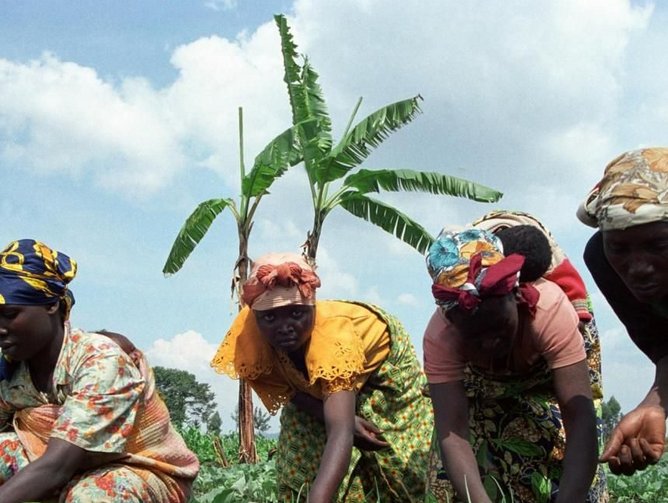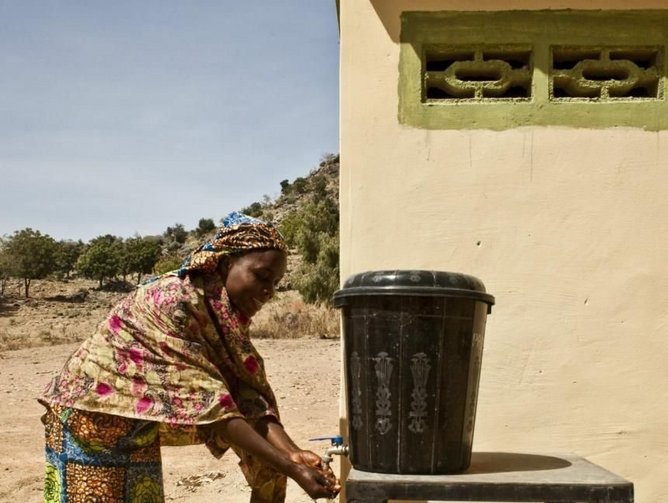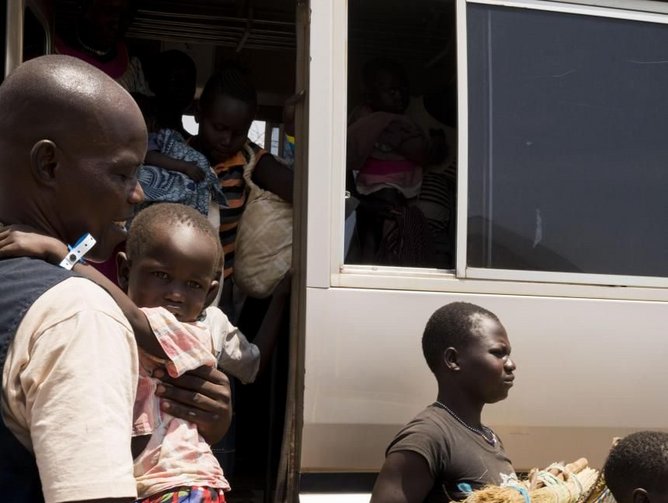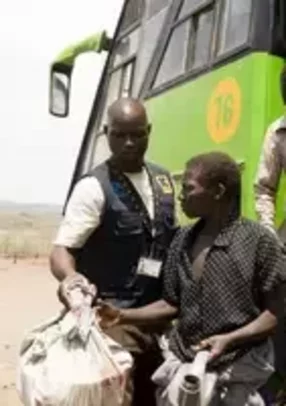International Rescue Committee: Implementing resilience within the humanitarian supply chain
For more than 80 years the International Rescue Committee (IRC) has provisioned life-saving aid and support to refugees throughout the world. Established in 1933, it is one of the world’s most renowned and respected humanitarian organisation’s.
In order to remain resilient in the face of frequent unexpected crises, the IRC’s supply chain practices remain robust, creating efficiencies and providing world class service to individuals in need.
With many conflicts occurring worldwide, women and children are the most affected. Providing sourcing practices and compliance within East-Africa is Regional Supply Chain Director Phoebe Kung’u, who has become the only senior female Supply Chain Director in the region. Whilst she explains that an increased female engagement and desire to help women grow within the supply chain is something she wants to see more of, “some countries present a lot of challenges for women, and therefore it is no wonder there are not many women in roles within the supply chain managerial roles. However, I also think that many organisations can do a bit more to encourage women to be part of this change.”
Professionalising the IRC’s supply chain operations and creating efficiencies by setting up key strategies, relevant to the context of the different countries within East Africa, falls under Kung’u’s umbrella. “The supply chain is complex, especially the humanitarian sector,” she says. “It’s a field that has high risk, high challenge, but is very rewarding.” Supporting nine countries with different needs, Kung’u ensures all suppliers are able to respond to the IRC’S business operations, depicting a large piece of work with a wide scope. Through this role, acquiring an intimate knowledge about the context of the countries and complex issues has been essential. Kung’u adds: “The supply chain needs to be strong, it needs to be efficient and we need to be accountable.”
Working in partnership with key stakeholders and buyers, setting up long-term and regional agreements has enabled Kung’u to become what she describes as a ‘gatekeeper’ for the various countries, providing strong leadership throughout the organisation’s global initiatives. With a limited visibility of supply chain practices at regional and HQ level in areas such as data analysis, contract management, and spend with regards to a particular supplier or category of goods and services, the organisation has since placed significant investment in both staffing and recruitment. The IRC is also introducing new technologies, such as a new ERP system, which will automate supply chain processes. Whilst the new system is at design stage, the IRC is currently utilising an interim system which enables the tracking of all procurement activity for the nine countries. Kung’u explains: “I’m able to see the procurement tracking reports on a monthly basis. I know how much is spent on what categories, from which suppliers, and so we are able to come up with management strategies to determine whether we need to do global, regional sourcing or whether to do in-country sourcing.”
Local versus global sourcing
Although the organisation typically sources locally, it has adopted a decentralised procurement function in order to respond to its growing business needs. By identifying high spend suppliers and high-risk categories, the IRC selects global suppliers who can procure products or services which may not be available from local suppliers when required. With nine countries in East-Africa, the organisation has over a hundred suppliers just within this area alone, of which $275 million is put aside for the IRC’s overall supply chain operations globally.
However, Kung’u adds, “we wouldn’t be successful in our health programs without dedicated suppliers like IMRES. One of our global suppliers for pharmaceuticals and medical suppliers, they have provided supplies to various countries in Africa and beyond, such as Mali, Kenya, DRC, South Sudan, Yemen, Nigeria, Central African Republic and Chad.”
Embedding quality controls within procurement operations has become imperative in order for the IRC to procure responsibly and implement a competitive bidding process. “Even though the procurement activity could be happening in a certain country, we are able to review the procurement and make sure the quality is good before the contract is signed off by the suppliers,” explains Kung’u. “Our controls ensure that we have quality suppliers and we are managing the financing responsibly.”
However, with the location of some of the areas the IRC is situated, complex issues are apparent, such as lack of access and/or communication. Consequently, multiple means of communication are utilised to broker positive relationships with suppliers and stakeholders. Whilst email is the most frequently used communication tool, Kung’u adds: “I make a point of meeting up with the supply chain teams in countries on a fortnightly basis to discuss what the priorities are, clarify, or give assurance to a particular task or initiative, and then we decide what is best in terms of strategy.”
Complex challenges
Nonetheless, working within a humanitarian supply chain could be interpreted by many as increasingly hazardous in comparison to more traditional supply chain settings. Planning ahead and identifying potential needs is of course dependent on a variety of factors. Crises as a result of a recent mandate can be predicted, but with ones which are unexpected the supply chain needs to be flexible and respond as quickly as possible. To this effect, Kung’u explains that developing strong relationships with stakeholders has remained key: “Our teams of programming staff identify the needs ahead of time so we can start preparing in supply chain, knowing where we are going to fall, what sort of items are we getting in the local market, or whether to get these from global suppliers.”
There can also be restrictions the IRC has in relation to procurement, as funding mostly does not come without certain conditions from humanitarian donors, some of whom require that procurements are done through already established humanitarian procurement centers or donor pre-qualified suppliers.
Sometimes, Kung’u adds, “suppliers that have been prescribed by the humanitarian donor have not established a presence in the country where the programs are, which can result in additional challenges like import restrictions, long lead times associated with shipping and delivery and most importantly responding to those most in need.”
Additionally, with a consecutive process, the organisation has to bid for funding and win grants, which can create delays. Through such high pressures, Kung’u’s strong relationships with stakeholders and senior management ensures that the IRC is an organisation with a culture for planning. Despite such challenges, Kung’u explains that the IRC has achieved a significant amount, explaining that “with the new ERP system, which is expected to launch in 2018, functionality is being built in to enable the organization to plan at the proposal stages of grants, so that the supply chain is equipped with knowledge and information about what is needed ahead of time to undertake procurement more efficiently.”
Job satisfaction
With the high number of challenges attributed to the humanitarian supply chain, Kung’u explains that job satisfaction has become of prime importance, understanding that the organisation continually makes a difference to peoples’ lives. Encompassing numerous complexities, with various countries adopting different challenges and humanitarian situations, barriers in trade and number of restrictions, Kung’u concludes by stating that the role is “very exciting, and that I have kept myself informed by collaborating with others in humanitarian agencies working groups, sharing knowledge with likeminded individuals like myself – such as the UN Agency & INGOs – where we share expertise, knowledge and experience. Having someone who is able to keep themselves informed by collaborating with others is very good and has really helped me grow within the supply chain.”







